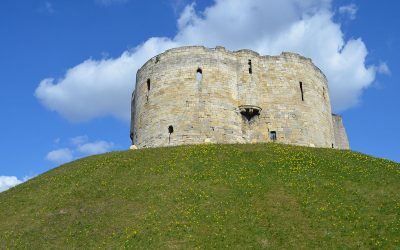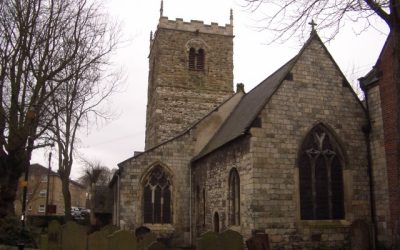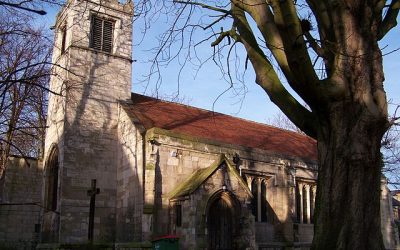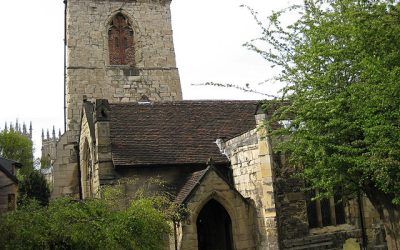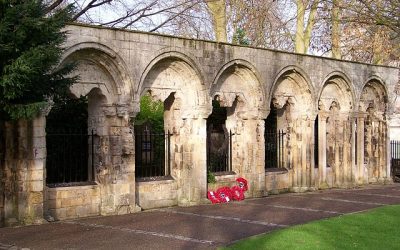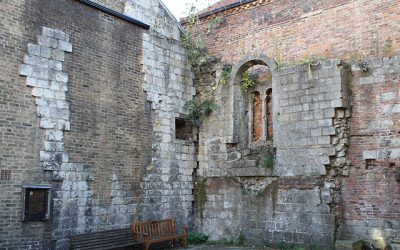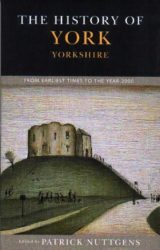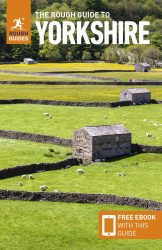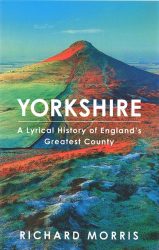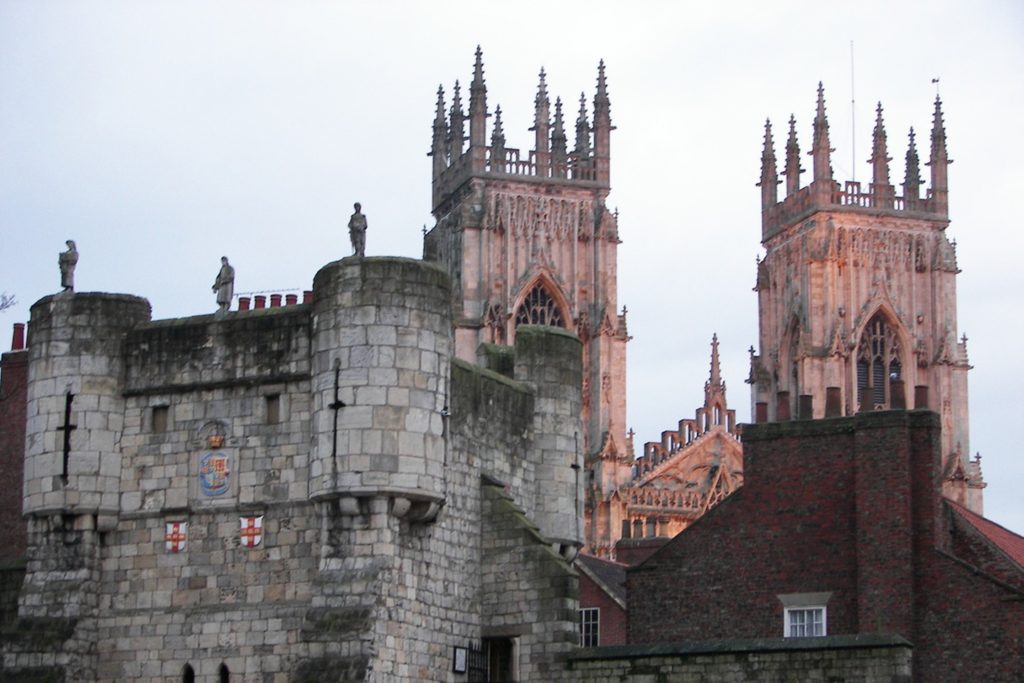
"No other city in northern England says 'medieval' quite like York, a city of extraordinary cultural and historical wealth that has lost little of its pre-industrial lustre."
Lonely Planet
The Romans founded York as Eboracum in 71 AD. The Emperors Hadrian, Septimius Severus, and Constantius I all held court in York during their various campaigns. The word York (Jórvík in Old Norse) is derived from the combination of eburos “yew-tree” and the suffix *-āko(n) “belonging to-, place of-,” meaning “place of the yew trees.” It was the capital of the Roman province of Britannia Inferior and later of the kingdoms of Deira, Northumbria, and Jórvík.
In 866, the Vikings raided and captured York, turning it into a river port as part of the extensive Viking trading routes throughout northern Europe. In the 12th century, York started to prosper and became a major trading center. In 1212, King John granted the city’s first charter, confirming trading rights in England and Europe. During the later Middle Ages, York merchants exported grain to Gascony and grain and wool to the Low Countries and imported wine from France, cloth, wax, canvas, and oats from the Low Countries, timber and furs from the Baltic.
Visit York
What to See
Medieval York: Top 5 Attractions
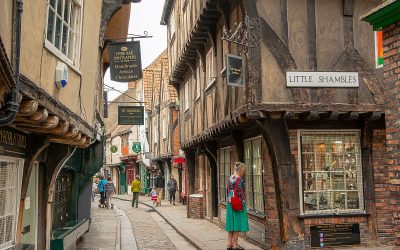
The Shambles
The Shambles is an old street with overhanging timber-framed buildings that date, in some cases, as far as the fourteenth century. The street was mentioned in the Domesday Book of 1086. The shops currently include a mix of restaurants and shops as well as a bookshop and a bakery. The Shambles Market operates daily.
St Mary's Abbey
The Abbey of St Mary is a ruined Benedictine abbey and a Grade I listed building. The original church on the site was founded in 1055 and dedicated to Saint Olaf II of Norway. The Yorkshire Museum, built for the Yorkshire Philosophical Society, stands in part of the abbey cloister.
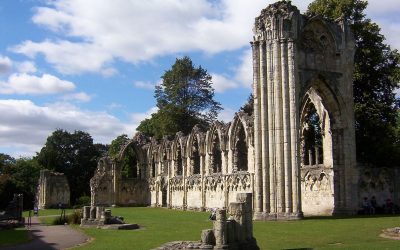
York Castle is a fortified complex comprising a sequence of castles, prisons, law courts, and other buildings built over the last nine centuries on the River Foss’s south side. Originally on the orders of William I to dominate the former Viking city of Jórvík, the castle suffered a tumultuous early history before developing into a major fortification.
Barley Hall
Barley Hall is a reconstructed medieval townhouse built around 1360 and extended in the 15th century. The earliest parts of the building were constructed by Thomas de Dereford, prior of Nostell Priory. The monks used the building as a hospice or townhouse when visiting the city.
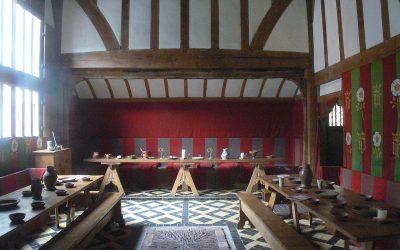

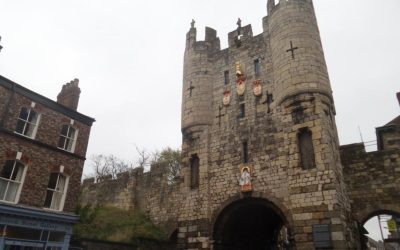

Monk Bar
Monk Bar is the largest and most ornate of York’s bars. It dates from the early 14th century and was a self-contained fortress, with each floor capable of being defended. Monk Bar has the city’s only working portcullis, in use until 1970. Today, Monk Bar houses a museum called the Richard III Experience at Monk Bar.
York's Oldest Buildings
Similar Towns
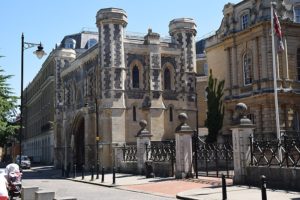

Reading
Reading is a large historic town dating back from the 8th century in Berkshire, England.
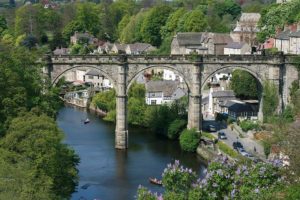


Knaresborough
Knaresborough is a 12th-Century market town perched on the cliffs above the River Nidd.
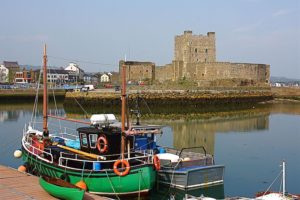

Carrickfergus
Carrickfergus sits on the north shore of Belfast Lough and is County Antrim’s oldest town
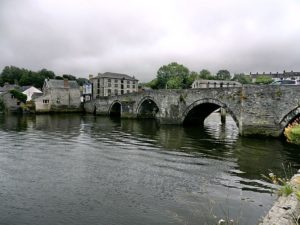

Cardigan
Cardigan was developed around a Norman castle built in the late 11th century.
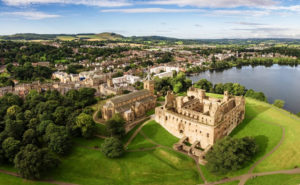

Linlithgow
Linlithgow in West Lothian was once home to one of the great royal courts of Europe
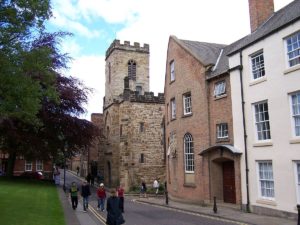

Durham
Durham is a historic city, its Norman cathedral was a centre of pilgrimage.
More to see in Yorkshire and the Humber



Knaresborough
Knaresborough is a 12th-Century market town perched on the cliffs above the River Nidd.
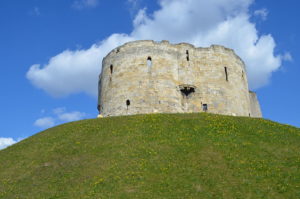

York Castle
York Castle is a fortified complex built over the last nine centuries.

